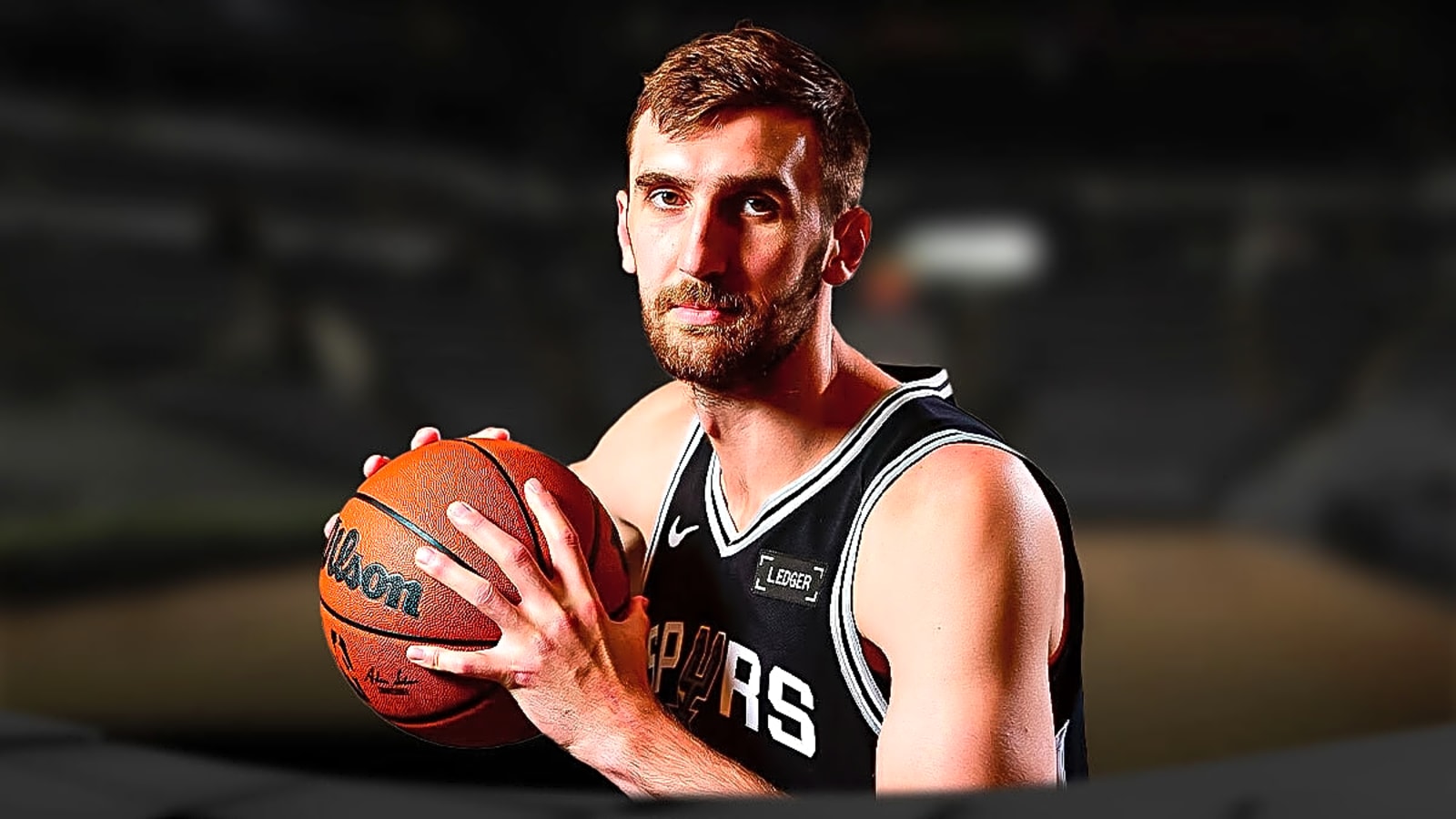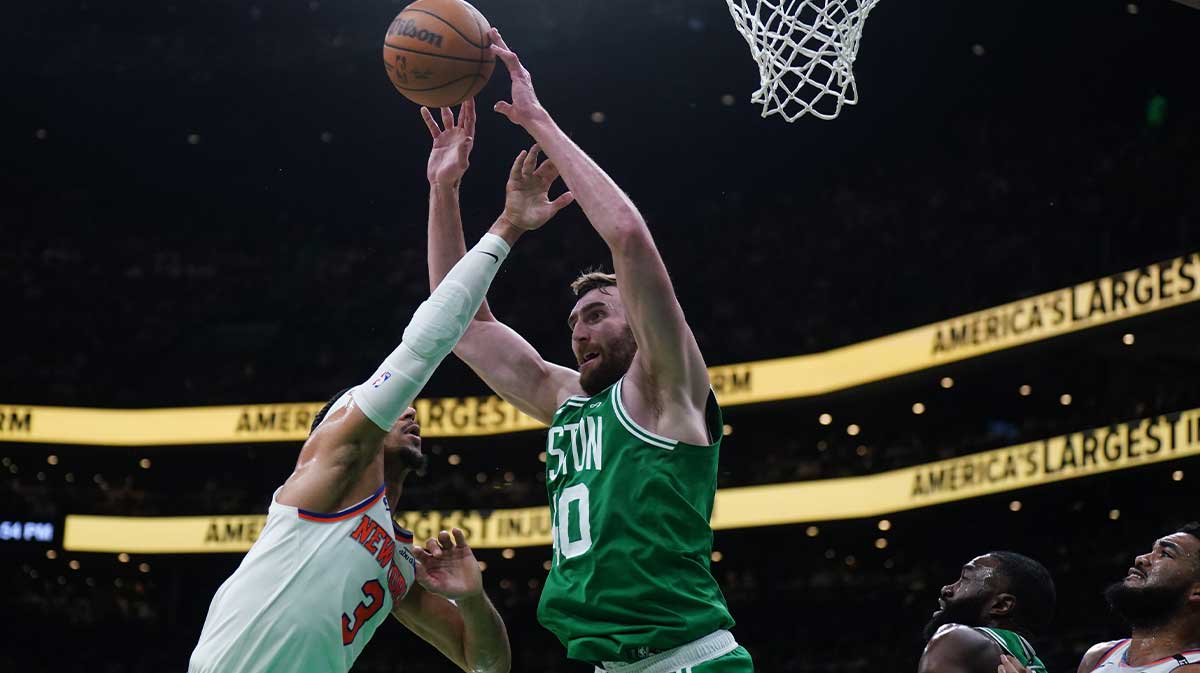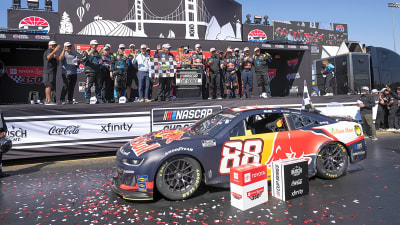
The San Antonio Spurs entered the 2025 NBA free agency with optimism and momentum. With Victor Wembanyama continuing his ascent as a generational talent and a young core bolstered by the addition of high-upside rookies Dylan Harper and Carter Bryant, Spurs fans had every reason to believe the franchise was on the verge of a leap from rebuilding to contending. Yet, as the dust settled on the free agency period, a troubling narrative emerged: the Spurs’ biggest mistake wasn’t a move they made, but rather the opportunities they let slip away.
San Antonio’s approach to free agency was cautious, some would say overly so. Despite having cap flexibility and clear needs, the Spurs made just one notable move: signing backup center Luke Kornet to a four-year, $41 million contract. On the surface, this addressed a lingering depth issue behind Wembanyama. But a closer look reveals a misallocation of resources and a glaring neglect of the team’s most pressing weakness.
The Kornet Commitment

Luke Kornet, while serviceable and coming off a playoff breakout with a memorable seven-block game, is not the type of player who moves the needle for a playoff-hopeful team. Kornet is expected to play no more than 15 minutes a night and is unlikely to see meaningful action in high-leverage postseason moments. Committing $41 million over four years to such a role player raised eyebrows across the league and among Spurs faithful.
The Spurs’ most significant need entering the offseason was clear to anyone who watched them last season, reliable perimeter shooting. The team’s offense, though dynamic in spurts, often sputtered due to a lack of floor spacing. Opponents packed the paint against Wembanyama and Fox, daring the Spurs’ wings and guards to beat them from deep. The result was a congested offense that too often relied on contested mid-range shots or forced drives into traffic.
Missed Opportunities
This free agent class wasn’t loaded with All-Stars, but it was deep with proven shooters and versatile wings, exactly the kind of players who could have complemented the Spurs’ core. Names like Luke Kennard, Nickeil Alexander-Walker, Tim Hardaway Jr., and Duncan Robinson were all available and would have provided the shooting punch San Antonio desperately needed.
Luke Kennard movement shooting & screen creation
Hawks needed this archetype badly to maximize their motion offense, Luke is a 46% 3P shooter on 9.8 3PA/100 over the last 3 seasons
Kennard can get his shot off out of brush screens, flares & handoffs pic.twitter.com/EgrbHb4mv5
— #InSnyderWeTrust (@dlee4three) July 1, 2025
Instead, the Spurs stood pat. They didn’t pursue these shooters aggressively, nor did they utilize their available cap space or exceptions to bring in a floor-spacer. The result, the team’s most glaring weakness remains unaddressed, and the offense will once again be forced to rely on internal development rather than external upgrades.
San Antonio’s backcourt is crowded, but not particularly threatening from beyond the arc. With the addition of De’Aaron Fox at the trade deadline, the Spurs have a dynamic playmaker, but his outside shooting is inconsistent. Young guards like Stephon Castle and Malaki Branham show promise, but neither is a knockdown shooter at this stage.
By failing to add perimeter shooters, the Spurs have inadvertently increased the burden on Wembanyama. Opposing defenses will continue to collapse on him, limiting his effectiveness and increasing his risk of injury due to constant double teams and physical play inside. The lack of spacing also hampers Fox’s ability to attack the rim and diminishes the overall offensive efficiency.
Perhaps most frustrating for Spurs fans is the sense that the front office squandered a rare window of cap flexibility. With $27 million in space before hitting the tax threshold, the team could have been aggressive in pursuing shooters or even facilitating trades for assets. Instead, the majority of that space will go unused, and the team’s only significant addition is a backup center unlikely to impact wins and losses in a meaningful way.
What Should the Spurs Have Done?
- Prioritized Shooting: Targeting and signing at least one proven three-point shooter should have been the top priority.
- Utilized Cap Flexibility: The Spurs could have used their cap space and exceptions to absorb contracts or facilitate trades for shooters or versatile wings.
- Balanced the Roster: Addressing the crowded backcourt through trades and reallocating resources to the wing and shooting positions would have created a more balanced and dangerous lineup.
Unless internal development takes a massive leap, the Spurs risk another season of offensive stagnation and wasted potential. For a franchise with championship aspirations, “good enough” simply isn’t good enough. The 2025 free agency will be remembered not for what the Spurs did, but for what they failed to do.
More must-reads:
- Mavericks center Dereck Lively II reportedly undergoes foot surgery
- Former two-time All-Star seeking NBA comeback
- The 'Most points in a game by NBA team in 2024-25' quiz
Breaking News
Trending News
Customize Your Newsletter
 +
+
Get the latest news and rumors, customized to your favorite sports and teams. Emailed daily. Always free!









